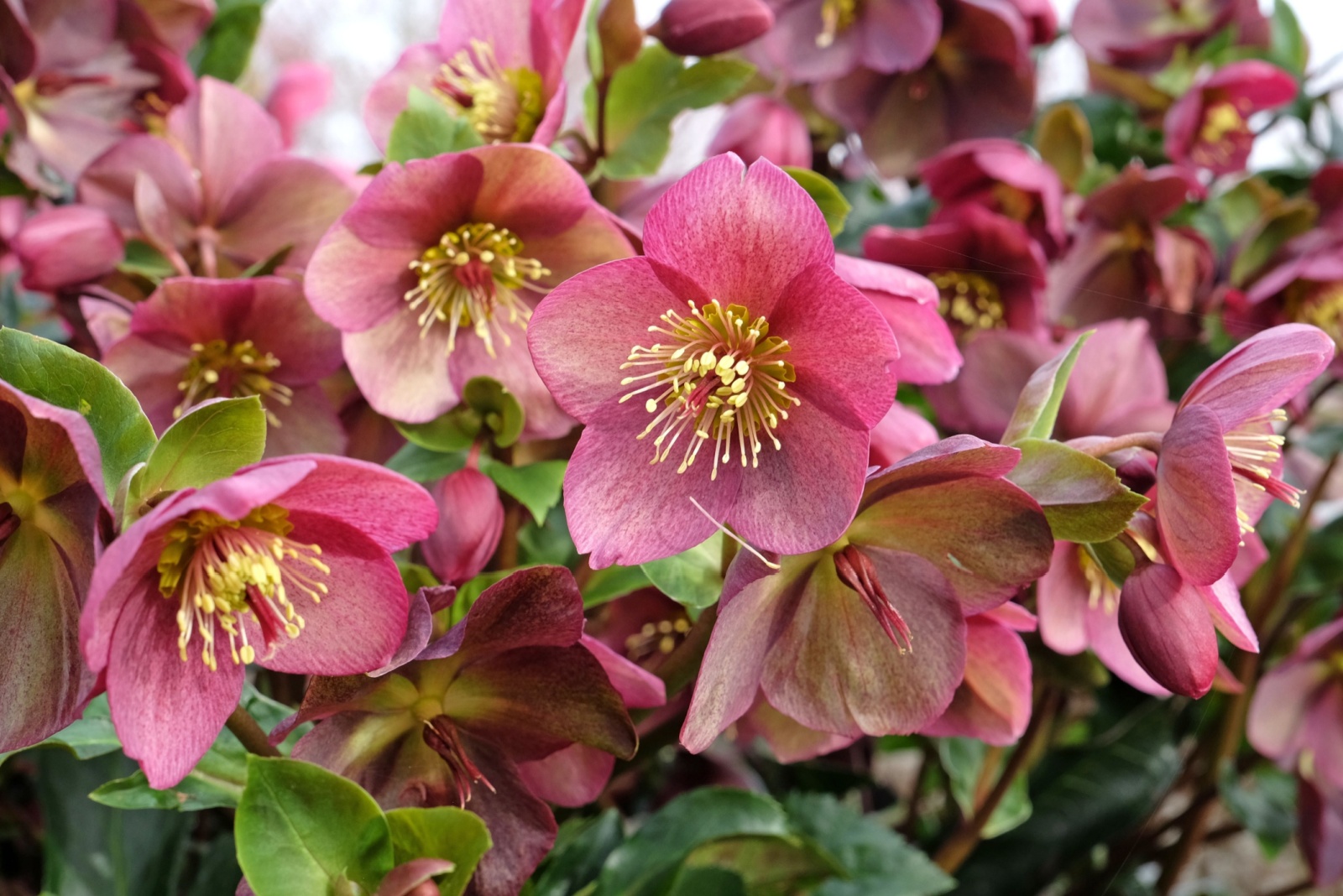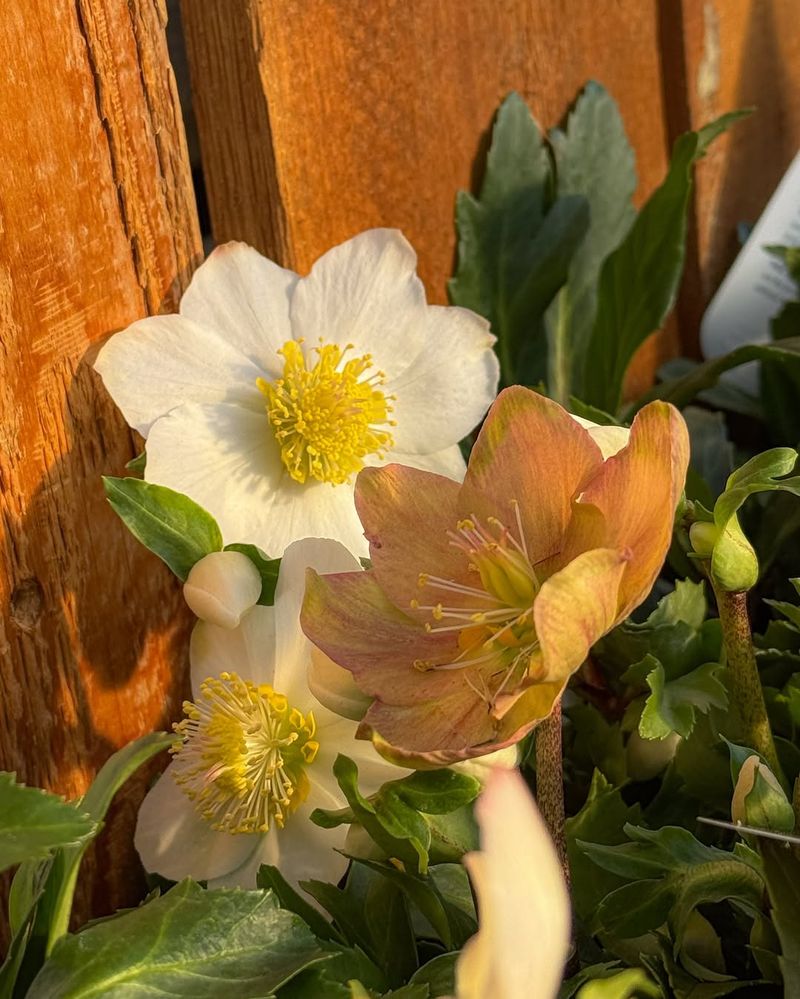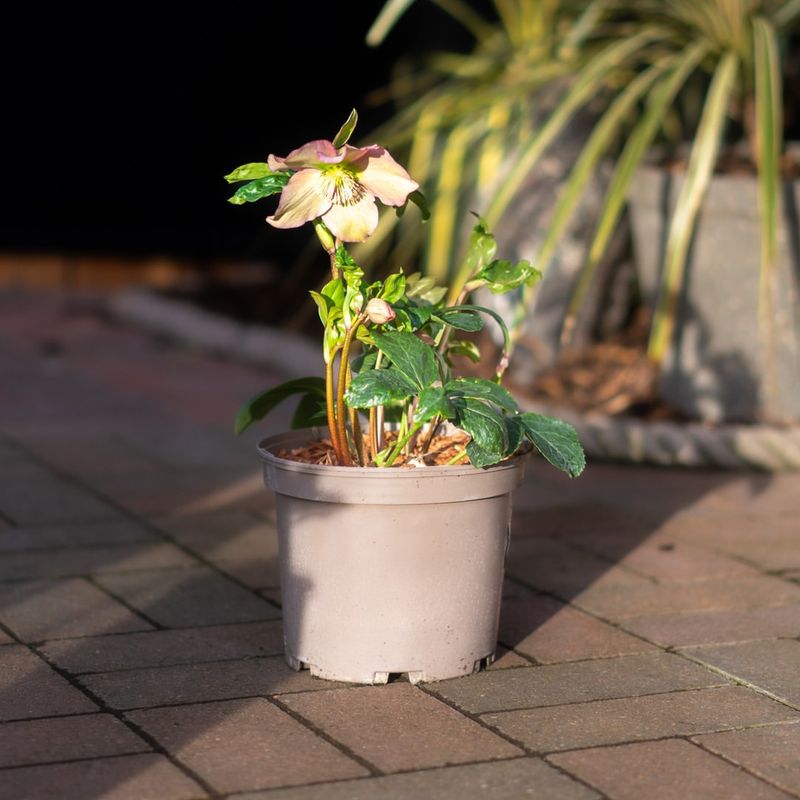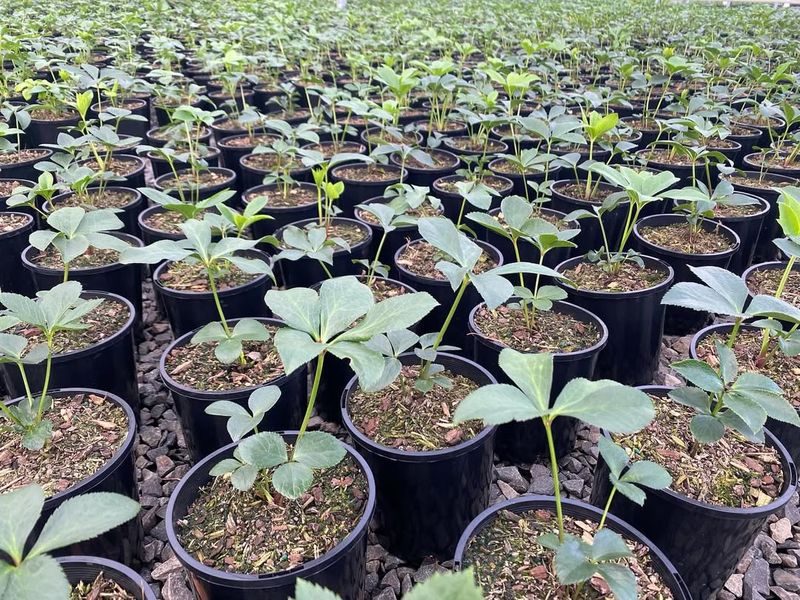Hellebores may be Pennsylvania’s winter warriors, but they don’t bloom early on accident.
Gardeners in the know use one simple trick that coaxes these cold-loving beauties into waking up weeks ahead of schedule.
With the right touch at the right time, your hellebores can beat the winter blues and steal the show long before spring even thinks about arriving.
Cutting Back Old Foliage In Late Fall
Removing tired, brown leaves before winter arrives gives your hellebores a major head start.
When you snip away the old foliage, the plant stops wasting energy trying to keep those leaves alive.
Instead, all that power goes straight into developing flower buds.
Most Pennsylvania gardeners do this task in November, right before the first hard freeze.
Your hellebores will thank you with blooms that appear several weeks earlier than untrimmed plants in your neighborhood.
Choosing The Right Planting Location
Where you plant hellebores makes a huge difference in when they bloom.
A spot that gets morning sun but afternoon shade creates the perfect microclimate for early flowering.
South-facing locations near your house foundation warm up faster in late winter.
The building reflects heat and blocks cold winds, tricking plants into thinking spring arrived early.
Avoid planting under dense evergreens where the ground stays frozen longer and delays bloom time significantly.
Applying Mulch At The Perfect Time
Mulching in early winter protects roots but can also slow down spring blooming if applied too thick.
A light two-inch layer of shredded leaves or pine needles insulates without creating a cold barrier.
Pull back some mulch in late January to let sunlight warm the soil directly around the crown.
This simple adjustment can advance flowering by ten to fourteen days.
Too much mulch keeps the ground cold, so less is definitely more with hellebores.
Understanding Hellebore Varieties And Bloom Times
Not all hellebores bloom at the same time, even with perfect care.
Christmas rose varieties naturally flower earliest, sometimes in December during mild Pennsylvania winters.
Lenten rose types bloom later, usually in March.
Planting a mix gives you flowers across several months.
Orientalis hybrids tend to respond best to foliage removal and will reward you with the biggest jump in early blooming.
Check plant tags carefully when shopping to select naturally early varieties.
Feeding Hellebores For Stronger Bud Development
A light application of slow-release fertilizer in October gives hellebores the nutrients they need for robust bud formation.
Look for formulas with higher phosphorus numbers, which promote flowering over leafy growth.
Organic options like bone meal or fish emulsion work wonderfully and release nutrients gradually throughout winter.
Avoid heavy nitrogen fertilizers that push leaf production instead of blooms.
Well-fed plants develop more flower buds that open faster when temperatures rise.
Protecting Plants From Harsh Winter Winds
Cold winter winds can damage emerging flower buds and delay blooming by weeks.
Creating simple windbreaks using burlap screens or evergreen branches shields delicate buds from drying winds.
Position barriers on the north and west sides where Pennsylvania’s strongest winter blasts typically come from.
Even a temporary fence or row of stakes with fabric attached helps tremendously.
Protected hellebores bloom earlier because their buds stay healthy and ready to open quickly during warm spells.
Watering Properly During Winter Thaws
Pennsylvania winters bring periods of thawing when hellebores actually need water.
Dry soil slows down all plant processes, including bud development and flower opening.
Check soil moisture during warm spells and water if the top two inches feel dry.
Early morning watering prevents ice formation overnight.
Consistently moist (not soggy) soil helps hellebores transition from dormancy to blooming much faster.
Many gardeners forget winter watering, but it truly makes a measurable difference in bloom timing.
Monitoring Soil pH For Optimal Growth
Hellebores prefer slightly alkaline soil, which is naturally common in many Pennsylvania areas.
Testing your soil pH every few years ensures conditions stay ideal for quick bud development.
If your soil tests acidic, adding lime in fall raises pH gradually.
Proper pH helps plants absorb nutrients efficiently, leading to healthier buds that open earlier.
Garden centers sell inexpensive test kits that give results in minutes.
Maintaining a pH between 7.0 and 8.0 keeps your hellebores thriving and blooming ahead of schedule.









